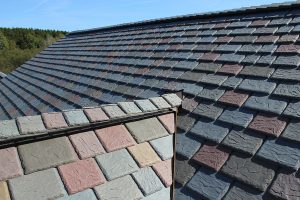Asphalt shingles are one of the most common roofing materials made from a fiberglass base topped with asphalt and mineral granules. They come in various styles and colors.
Best Use: Suitable for most residential applications due to their affordability, durability, and ease of installation.
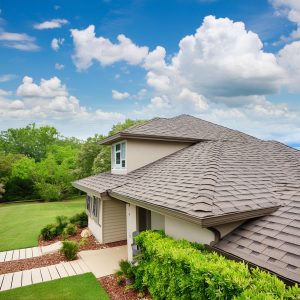
2. Metal Roofing:
Metal roofing can be made from steel, aluminum, copper, or zinc. It’s durable, lightweight, and comes in various styles such as corrugated panels, standing seam, and metal tiles.
Ideal for areas prone to harsh weather conditions like heavy rain, snow, and high winds. It’s also popular for modern and industrial-style buildings.
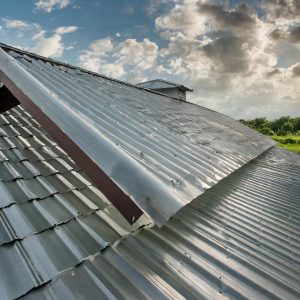
3. Wood Shingles/Shakes:
Description: Wood shingles are machine-cut and tapered for a uniform appearance, while shakes are hand-split for a more rustic look. Common wood types include cedar, redwood, and pine.
Best Use: Provides a natural, traditional aesthetic, making it suitable for cottages, cabins, and historic homes. Requires regular maintenance to prevent rot and mold.
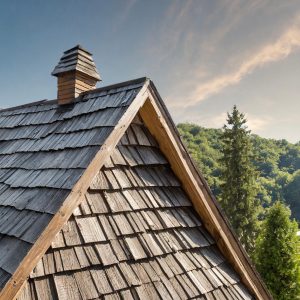
4. Clay Tiles:
Clay tiles are made from natural clay that is fired in a kiln. They come in various shapes, including Spanish, mission, and interlocking styles, and are available in many colors.
Best Use: Commonly used in Mediterranean, Spanish, and Southwestern-style homes. Offers excellent durability and fire resistance but can be heavy and expensive.

5. Concrete Tiles:
Concrete tiles are made from a mixture of cement, sand, and water. They can mimic the appearance of clay tiles, slate, or wood shakes and are available in different profiles.
Best Use: Provides a durable and affordable alternative to natural materials. Suitable for various architectural styles and climates.
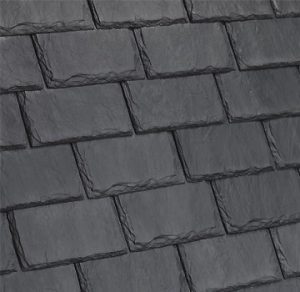
6. Slate:
Slate roofing consists of natural stone tiles that are split into thin layers. It’s known for its elegant appearance, longevity, and fire resistance.
Best Use: Ideal for high-end homes and historic buildings due to its beauty and durability. However, it’s expensive and requires specialized installation.
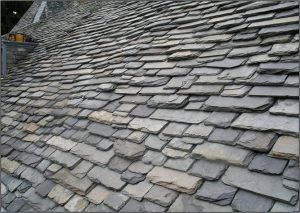
7. Synthetic Roofing Materials:
Synthetic roofing materials, such as synthetic slate or rubber shingles, mimic the appearance of natural materials but offer increased durability and lower cost.
Best Use: Provides a cost-effective alternative to natural materials without sacrificing aesthetics. Suitable for various architectural styles and climates.
